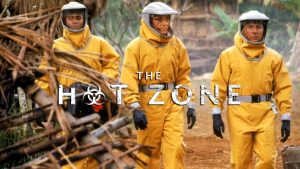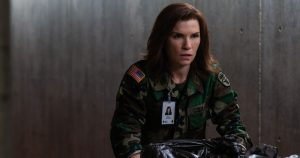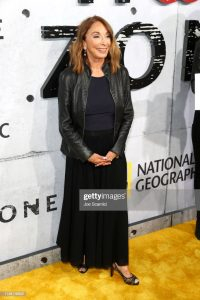At 9pm EDT on May 27, Memorial Day eve, The Hot Zone, a 6 part mini-series premiered, based on Richard Preston’s terrifying 1992 article in the New Yorker, “Crisis In the Hot Zone”, and his even more terrifying 1994 book, The Hot Zone, introducing the unsuspecting public to the deadly pathogen, Ebol, finally aired.
This lethal filo-virus killed thousands in Zaire, Africa in 1976, and showed up in the U.S. burning through a monkey population in Reston, VA. In 1989.
The presence of Ebola on U.S. soil fueled a quiet panic among virologists and scientists at the CDC and USAMRIID at nearby Ft. Detrick, Maryland. A secret under-the-radar operation to destroy the monkeys and contain any human exposure or outbreak of the killer is put into motion. If Ebola spreads to the human population, thousands could die horrible deaths, as there is no cure and no vaccine. These true events and the true-life heroes who risked their lives to protect our unsuspecting species is the engine that drives the story of The Hot Zone.
Ebola, according to legendary virologist, Karl Johnson, who discovered the pathogen, could be the “slate wiper”; nature’s revenge against humankind that will take us out – all of us. And it is still with us, killing over 12,000 people in the 2015 outbreak in Africa. And a new outbreak is in the news even as this much-anticipated series is airing.
So what does all of this have to do with this writer?
Turns out the story of the story has its own twists and turns – or in HartChart parlance, its own dramatic Signposts.
Signpost #1: SET THE WORLD
In 1993, producer Lynda Obst [Contact] brought me onboard to work with Richard Preston to adapt his 28 page New Yorker article into a feature film. This was an assignment coveted by the biz top writers, and it was a huge opportunity for this writer having just come off writing Contact with Carl Sagan, thanks again to Lynda Obst.




